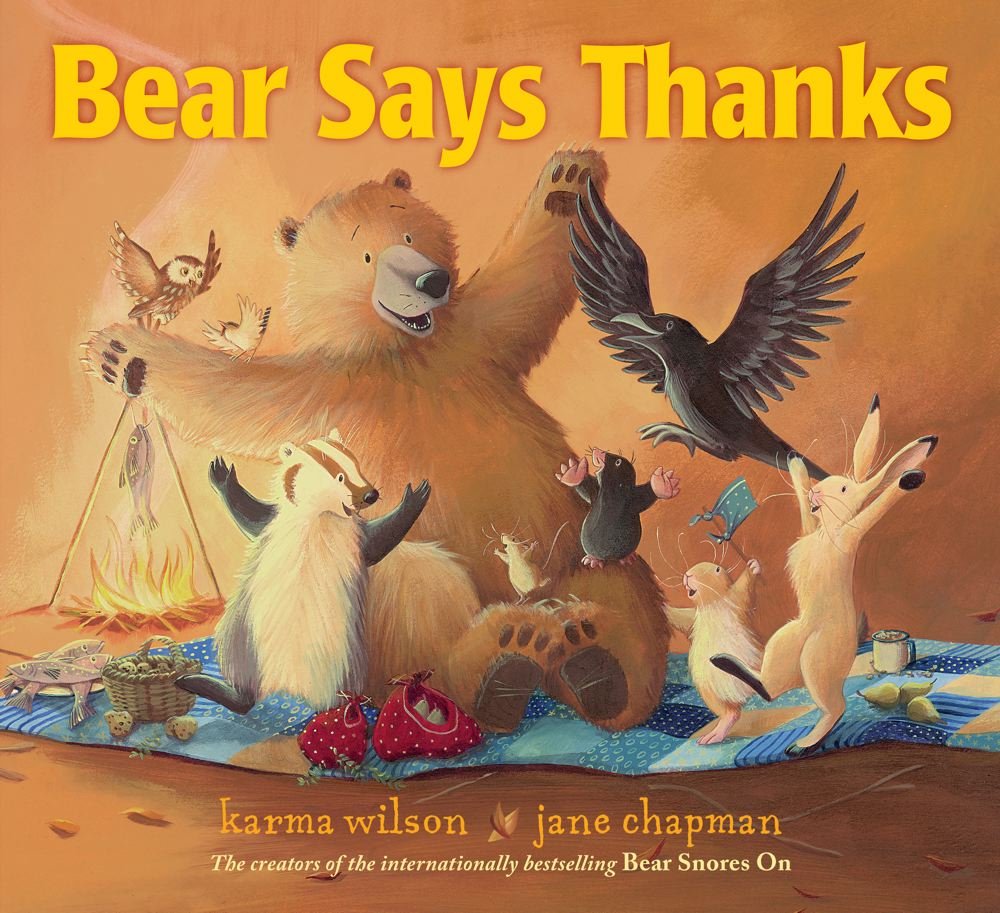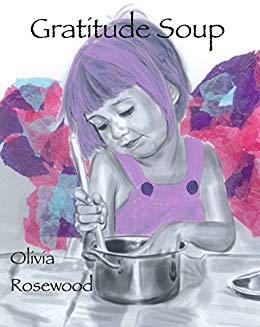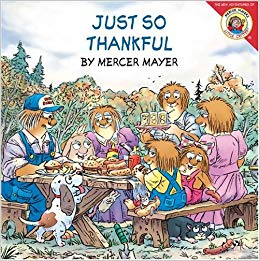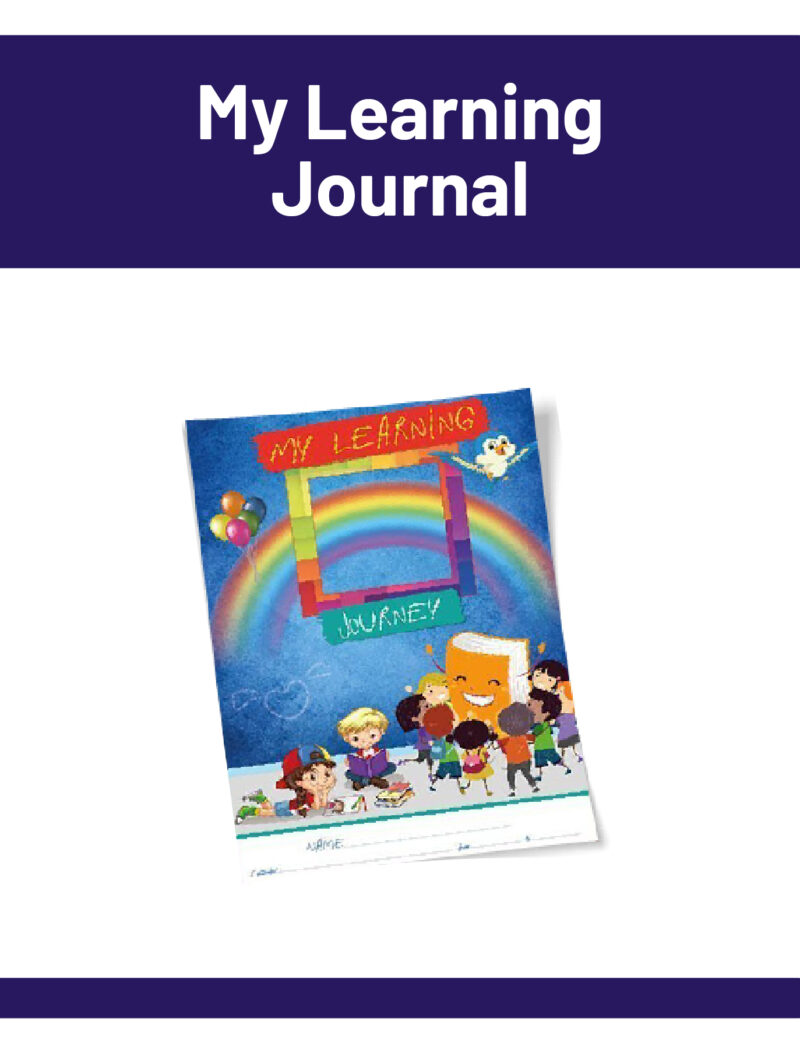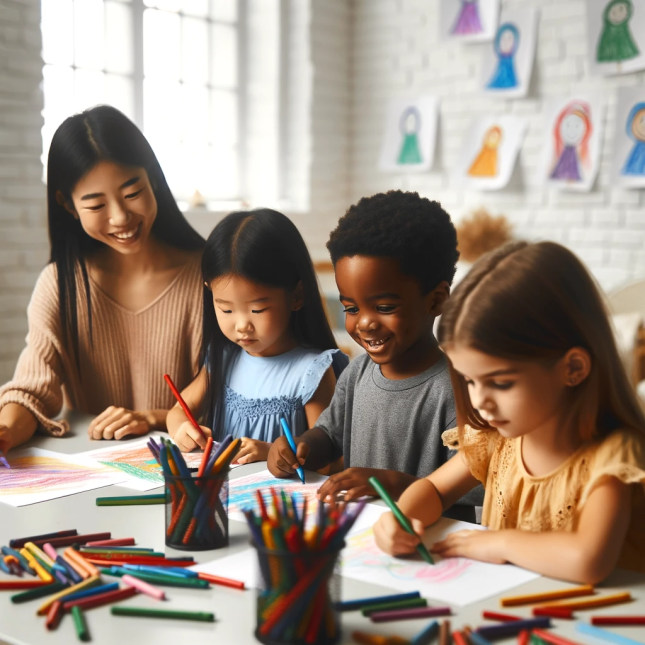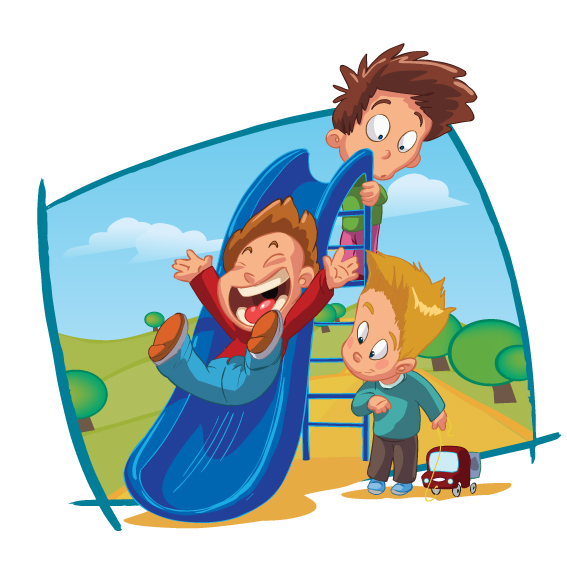Gratitude is focusing on the good and being thankful for all of the people and things that we have in our lives. Scientific studies have shown that there are a number of benefits to practising gratitude, including;
- Higher levels of happiness and wellbeing
- Improved self-esteem and resilience
- Increased levels of belonging
- Improved relationships
- Builds a positive outlook and encourages a growth mindset
Based on those positive outcomes promoting it within the classroom sounds like a really good idea!
Let’s Teach Our Young Children ‘An Attitude of Gratitude’
So how do we teach our children to have ‘An Attitude of Gratitude’? Like many things, at preschool age it may be more difficult for children to grasp the concept of gratitude, however, there are always age appropriate ways in which we can teach children about most things, including gratitude. You can start by creating a simple ‘Gratitude Chart or Journal’. Everyday you can ask the children for one thing that they are grateful for. It may be a hug from Mammy or Daddy, their favourite stuffed toy, or their bike. They can start their sentences with ‘ Today I am grateful for…’. Be sure to include yourself in the activity as children will learn from you practicing alongside them. You may need some books to read to the children alongside your activities so that they can grasp the concept a little better. Some recommended books are listed below;
- All The World by Liz Garton Scanlon
- Andy and The Lion by James Daugherty
- Bear Says Thanks by Karma Wilson
- Gratitude Soup by Olivia Rosewood
- Just So Thankful by Mercer Mayer
Simple Ways to Introduce Gratitude in your Classroom
Here are some simple ways to introduce gratitude into your day to encourage a healthy attitude towards gratitude;
- Say ‘Please’ and ‘Thank You’. These two simple words are an important way to show appreciation. Although not to be forced on children and insist that they say it every time, it is important to include it in daily conversations with them. These two basic words are a great start to encouraging gratitude within your class.
- Look for inspiring moments in your day and share them with the children. It could be as simple as the sun coming out from behind a cloud or the sound of a bird singing outside. Encourage the children to look for their own inspiring moments in their own day and ask them to share with the rest of the class.
- Share your gratitude at circle time. Take five minutes at the end of each day to share what you are grateful for today. Each child should be encouraged to share what they are thankful for. Make this part of your everyday routine so that it becomes normalised for children.
- Learn more by reading books about gratitude to the children. Ensure there is a variety (where possible) to keep the children engaged. Children may like to bring their own ones in from home for story time also. See above for some recommended books.
- Use opportunities such as Mother’s Day and Father’s Day to encourage children to say thank you to their families. This can be done through many types of card and picture crafts that the children make themselves and gift to the parents.
- Play simple games with the children in the classroom that can be done very easily. ‘ Name a person who makes you happy’. ‘Name a person who makes you giggle’. ‘Name a person who makes you smile’.
- Encourage the children to express what it is they love about themselves, what is special about themselves and what their own bodies do to keep them strong and healthy. Children need to love themselves and appreciate their own bodies as well as being grateful for those around them.
-

A Child’s Learning Journey Book
€6.50Select options This product has multiple variants. The options may be chosen on the product page



